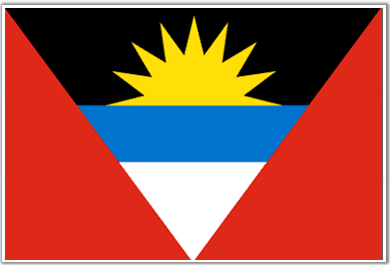For the history of the festival you have to step back in
time to 1 August 1834 when slavery was abolished. People immediately
celebrated by taking to the streets to celebrate their freedom and express their joy and happiness.
Over the years there was a return to this informal celebration until
1957 when the Old Time Christmas Festival, a festival of much culturally
significance, was replaced in 1957 by a Trinidadian-inspired Carnival.
The Antiguan Christmas Festival included several elements that have been adopted into the modern Carnival.
Christmas Festival traditions include both music and dance, especially related to masquerades and iron bands. The highland fling
is a common Christmas Festival dance, also played in the modern
Carnival, performed by people wearing Scottish kilts, masks made of wire and bearing whips of cowhide. Dancers wearing banana leaves and animal
horns took part in the John Bull, while carolers paraded with long
poles covered in lanterns, called carol trees, singing with
accompaniment by the concertina. Stilt dancers in robes, called the Moko
Jumbie, Jumpa-Ben or Long Ghosts, were also common, and were accompanied by kettle and bass drums, fife, triangle (cling-a-ching) and the boompipe, made from a plumbing joint one meter long.
There are several different musical forms featured during Carnival.
Calypso, the oldest, has its roots in slavery; a common explanation of
its origins is that it began as a way for slaves, who were forbidden to
speak in the fields, to communicate with each other. It is a polyglot,
improvisational form that depends largely upon the skill of a soloist,
(the calypsonian) who weaves the sounds of many cultures into a lyrical
whole. Calypso competitions have long been a highlight of Carnival.
Steel drum music was created when the bamboo percussion
instruments traditionally used to back up calypso were replaced by
hammered steel pans cut from oil drums. Whereas there is no dispute that
the steel pan was developed in Trinidad, the indigenous development of
the steel band in Antigua and Barbuda was an outgrowth of the iron bands which were prominent at Christmas time. Steel drum music has been an important part of Carnival since that time, and Antigua is home to many of the Caribbean's finest steel bands.
Soca is a musical form that grafts the slower beat of American soul
music to the upbeat tempos of calypso. Soca began in the 1970s, and by the middle of the 1980s it had become an integral feature of Carnival.

No comments:
Post a Comment